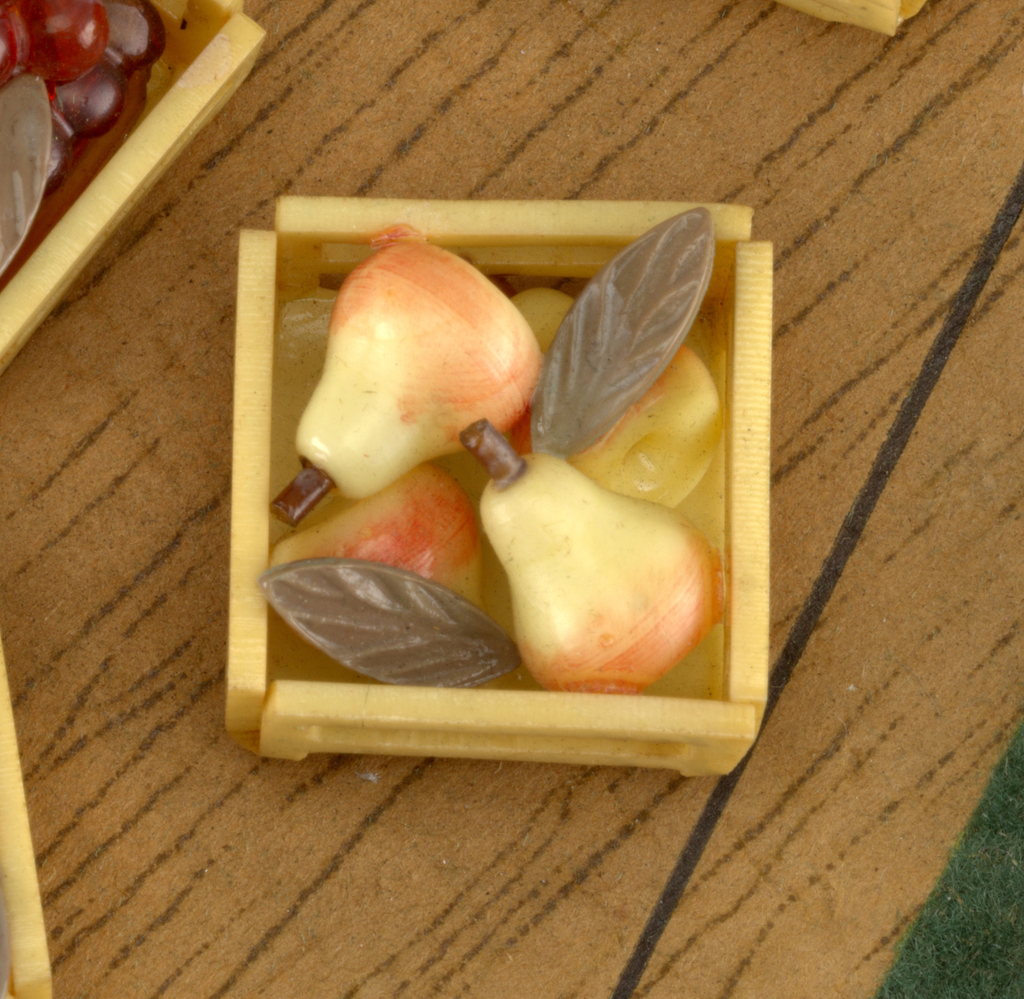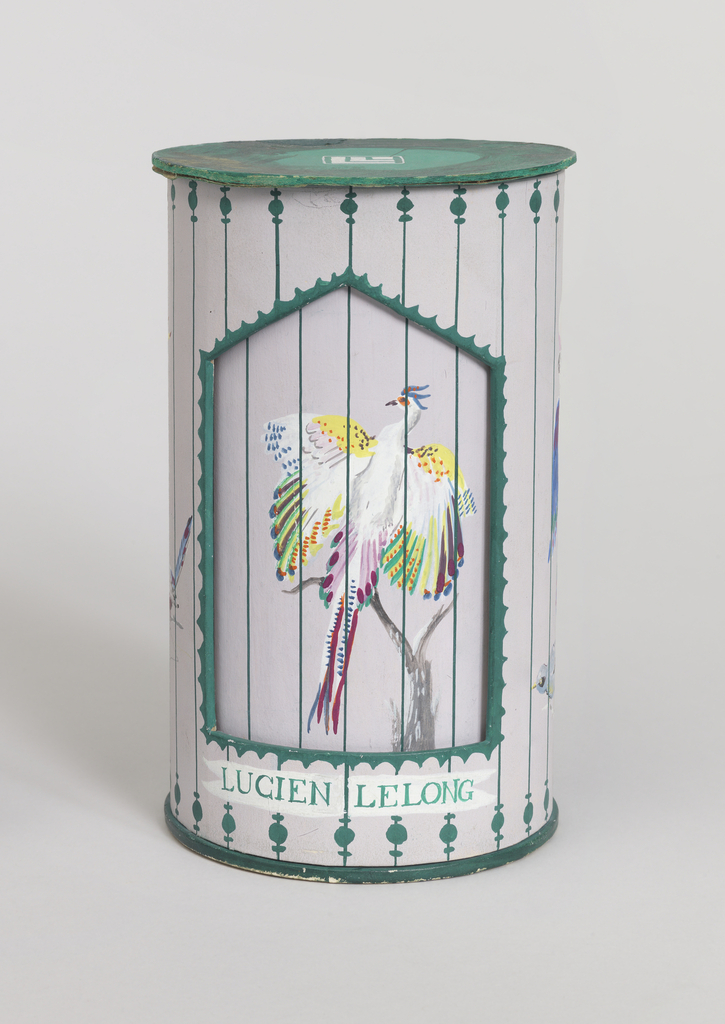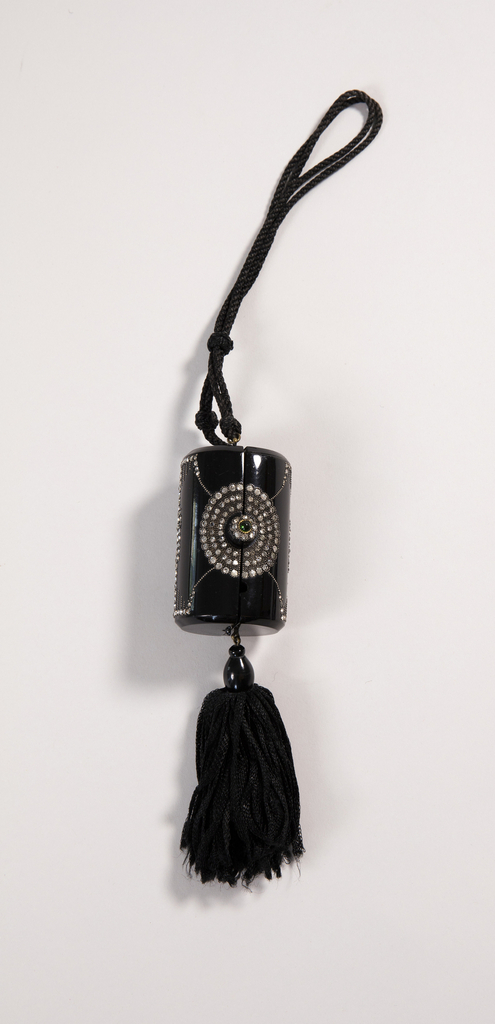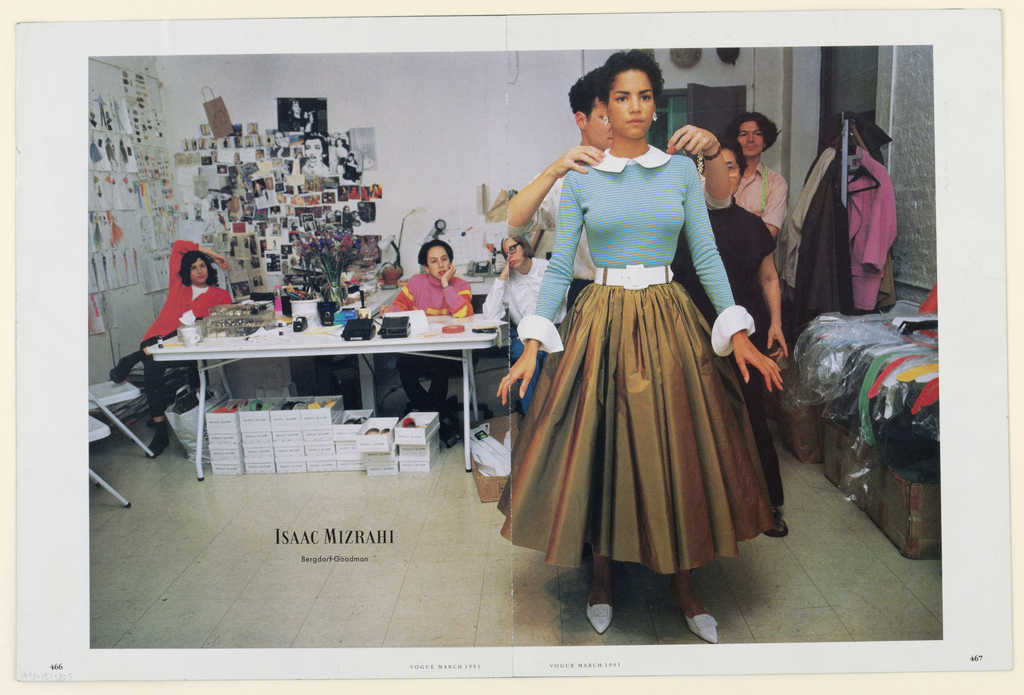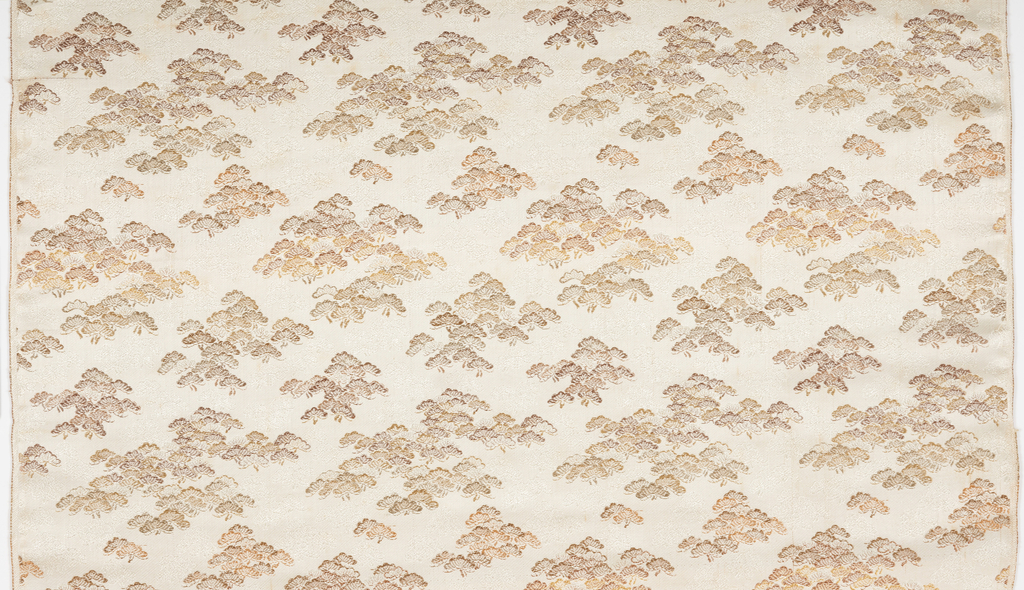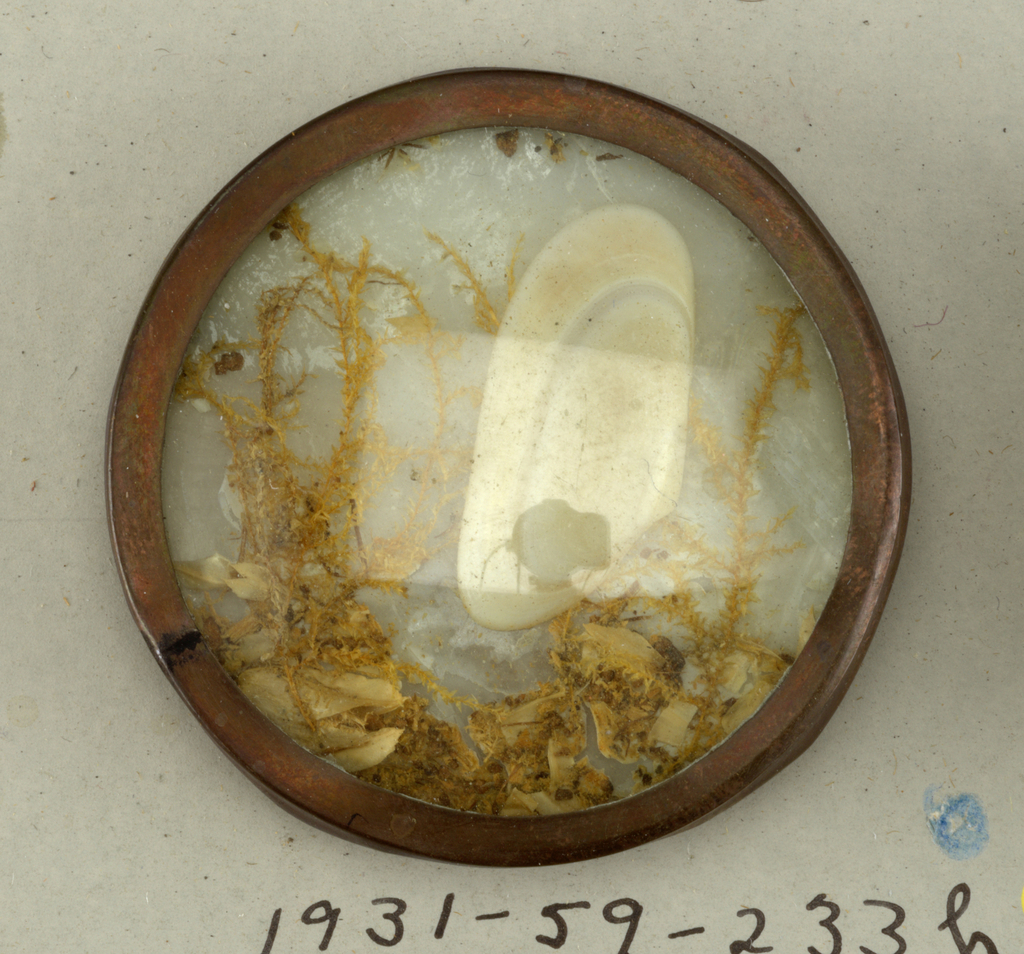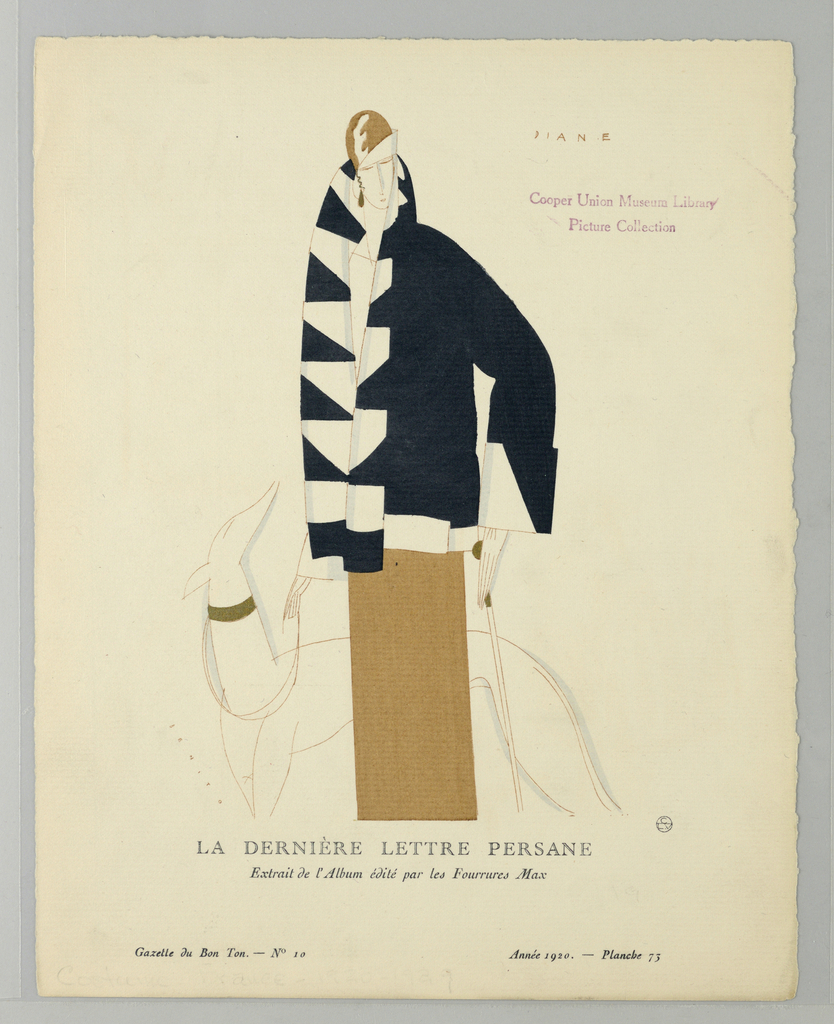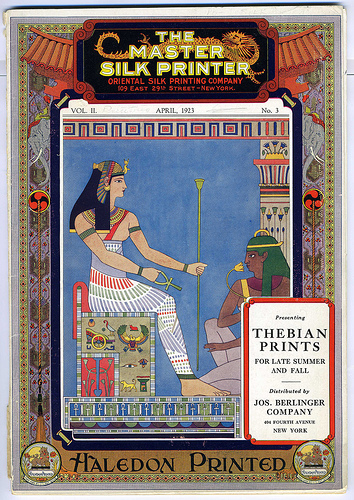In celebration of The Senses: Design Beyond Vision, this Object of the Day post takes a multisensory approach to an object in Cooper Hewitt’s permanent collection. Jelly candies in the form of fruit? Toys for children? Miniatures? This whimsical and colorful object is actually a button made of celluloid plastic. In an open-topped crate, a...
In celebration of our new exhibition The Senses: Design Beyond Vision, this Object of the Day post explores the multisensory experience of an object in Cooper Hewitt’s permanent collection. The name of Lucien Lelong unquestionably conjures up the luxurious world of French fashion. Born in Paris as the son of a textile shop owner, Lelong...
Small and charming, this dance purse epitomizes both radical changes regarding women’s independence as well as the Art Deco style. The 1920s saw a shift in women’s behavior as they gained freedom after attaining the right to vote and the ability to become self-reliant, holding jobs and earning their own income. This freedom saw women...
This Object of the Day celebrates one of many treasured objects given by Clare and Eugene V. Thaw to Cooper Hewitt, Smithsonian Design Museum. It is published here in memory of Eugene V. Thaw. Click on this link to read more about the Thaws and their gifts to Cooper Hewitt. The popularity of boldly-decorated faience must be...
“I was in my early 20s and I could quite happily work all day and go out all night. And I always had a camera with me.” –Nick Waplington, 2016 British Photographer Nick Waplington (b. 1965) was a student of the Royal Academy of Art when he was “discovered” by renowned fashion photographer, Richard Avedon. Throughout his...
This Japanese fabric was produced for a maru obi, the most formal of obi for women. Maru obi cloth is typically woven in widths of twenty-five to twenty-six inches—about double the width of more casual styles of obi. The cloth is folded around a stiff lining and stitched together along the selvedges. It is bulky,...
This button, from a set of nine, offers the viewer a chance to peek into the age of Enlightenment, a period of time when the human mind was breaking free from the constraints of the Church and the limitations of the Middle Ages. The Renaissance, primarily spanning the fifteenth through sixteenth centuries, is often thought...
“Now that fashion has become an art, a fashion gazette must also be an art revue. So it will be with Gazette du Bon Ton.”—Lucien Vogel, 1886–1954 Pictured alone against a bare backdrop, the young woman of this fashion illustration sports a cloche hat and a sleek black and white coat with a voluminous collar...
Elizabeth Broman discusses the 1920s trade catalogue The Master Silk Printer.
